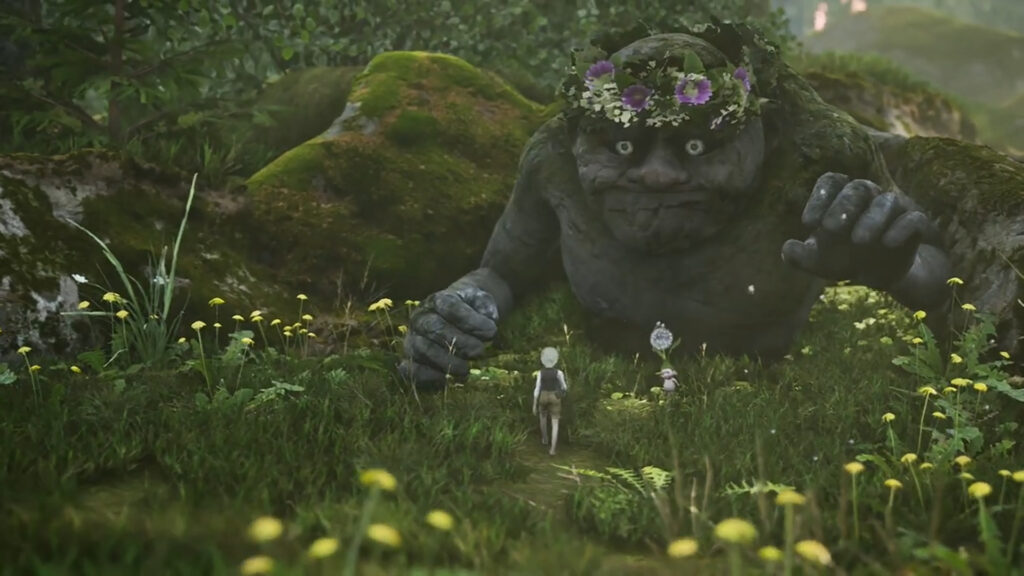top image: Bramble: The Mountain King by Dimfrost Studio.
Author: Michal Napora of 32-33
Steam reviews can make or break a game. Sure, I might be exaggerating a bit here, but launching a game in a state of negative user reviews sucks. Big time. Not only do they make other players think twice about buying your game, but if the user review score is really bad, like Mostly Negative orange territory bad, Steam will punish you with less visibility.
Getting those review scores back up takes time and effort too. It’s a slog. Pretty much, it’s an experience I do not recommend. So how do you avoid those negative reviews and get more of the good ones? Well, let me share with you what I know which might help you out.
Developer’s fault
When it comes to negative user reviews, most of the time they are a result of the developer’s fault. It’s users complaining about a pain point that they have with the game. Sure, some people might just not like your game because of the genre itself. But if you’re making a Metroidvania game, which you marketed to Metroidvania fans, and they expected to play a Metroidvania title… Well, those negative reviews will most likely be about the pain points they have with your game as a Metroidvania.
So the first step in getting positive user reviews begins at the production stage even before your game is out. One tried and tested way to get good reviews, or to be more specific, avoid negative ones, is by researching your competitor/reference titles first. Hop on Steam, find your reference game and read their user reviews, especially the negative ones. After a while, you might see a pattern evolving.
Research competitors
When I was working on Bramble: The Mountain King, I saw that a lot of Little Nightmare fans were complaining about the huge distance between save checkpoints. People hated the fact that they would have to start so far away from the spot they died. So if this audience is your possible target market, I would suggest that you make your save point distances rather short. If you don’t, you can bet that they’ll be complaining about it. I mean, why wouldn’t they? So have a look and see what mistakes your inspirations made and don’t do them yourself. (Check out the research spreadsheet used for Bramble competitors.)

As a side note, you can do the same with positive reviews too. See what people loved about those inspirations/reference titles and you might build yourself a nice research material on what players that you’re targeting actually want from a game of a particular style or genre. And you’ll be surprised that their needs and wants might be different from the press and other critics (ie, survival horror players may not care about the story too much, but absolutely love weird fucked-up monsters. See the Metacritic score for Evil Within vs Steam user rating).
Options to fiddle with
The next thing to do to avoid those negative reviews is to make sure you give players options to fiddle with. Last year I worked on a Metroidvania game that didn’t include key binding as an option in its settings. On release, we were blasted by players. We were in the 50% user ratings range (it wasn’t a good feeling), and the lack of key bidding was a common issue that kept appearing in reviews . “It’s 2023 and I can’t key bind in a Metroidvania – wtf?!”.
Credit to the devs, they patched that straight away, along with other QoL improvements, and combined with good communications, the review scores started going up. It was one heck of a crunching release for the team, and seeing your game in orange user score territory was not nice. The quick turnaround of the patch did help restore confidence and review scores. But it all could’ve been avoided. So, if you’re under 70% user rating at the start, read them comments and see what you can patch up ASAP. Going back to light blue/over 70% can be done, but you need to react fast.
Don’t be silent
David Oshry gave a good talk at GDC New Zealand about this too. If you play ULTRAKILL, one of the most highly rated games on Steam, and go into the Menu/Settings screen, it seems like you can change absolutely anything and everything in it. It’s insane. The reason why they gave so many options? So that no one complains that there’s a setting they can’t adjust. It’s all there dude – you have nothing to complain about. So as a dev, spend some time on the settings that you give to people. Fov, key binding, individual sound volumes, subtitles sizes, etc – there’s lots to check and give.

And finally, just some quick-fire tips to get more positive reviews. First up, if you do get a negative review and you fixed the reviewer’s issue – respond and write back. Having a negative review turned into a positive is the best outcome you can ask for. Also, people seeing developers writing back to the negative reviews is reassuring – people see that. So don’t be silent. Reply. People will notice that.
Just ask
Next, there is no shame in asking your community to leave a review. Remind them. Tell them how reviews can make a difference to your game’s visibility. Encourage your community. There’s no shame in saying “If you played our game, we would love to hear your thoughts on it. Spare a minute and leave a review. It’ll mean the world to us”. Post it in your socials, in your Discord, heck, post it at the end of your game in the ‘Thank You’ section in the credits.
I’ve seen bigger devs do this, but some might argue it might be contentious with Steam’s review policy. If they reached the end, there’s a chance they actually liked playing it. And there’s no shame in reminding people about reviews on socials after a few Steam sales later too. There’ll be new players of yours who haven’t left a review yet.
Author Michal Napora is founder of 32-33, a marketing agency specialised in video game marketing. This article is part of a series of marketing related blog posts on the 32-33 website. Consider subscribing to Michal’s newsletter here or check out his twitter here. 

